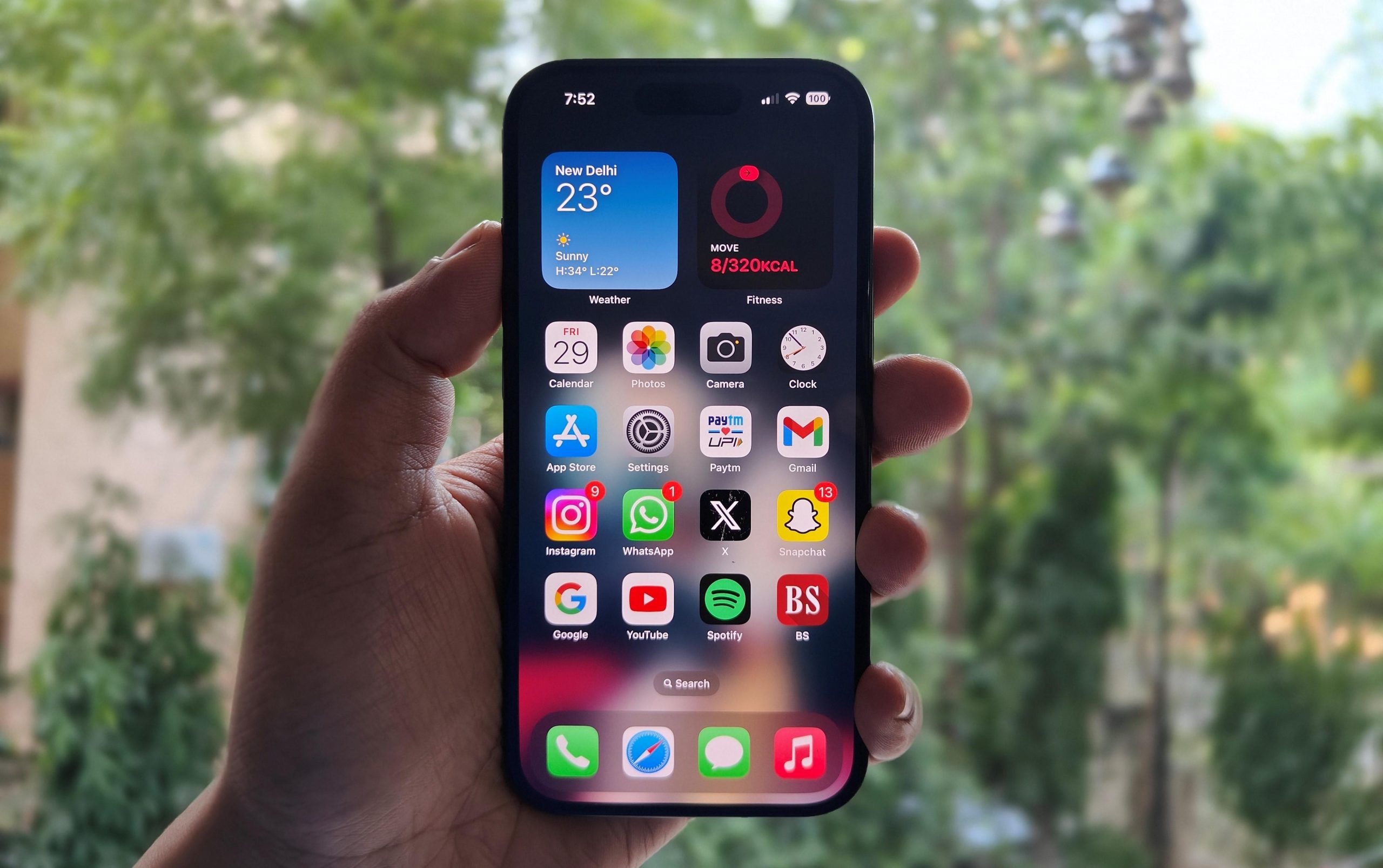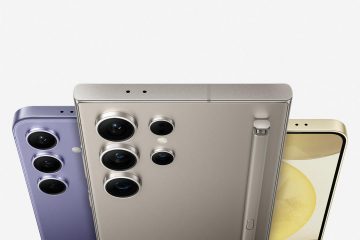I had been an Android smartphone user until recently when I had to switch to the iPhone 15. Unlike my previous upgrades, where I moved from one brand to another but remained in the Android ecosystem, this time the switch has been to a new platform altogether. Switching to the iPhone from Android is easy, but the convenience ends right there because what comes after is surprising in both good and bad ways. Here is my experience:
iPhone 15: First Impressions
Switching to iOS was a significant change, affecting everything from how apps are displayed on the home screen to the layout of the quick settings menu. This shift added an element of excitement, reminding me of the pre-smartphone days when every new phone came with a unique interface.
Setting up the iPhone did take longer than expected, primarily because I had to create an Apple ID.
Experience
iPhones are known for many things, but it is the imaging experience that caught my fancy soon after the switch. It captures images with remarkable detail and texture even in challenging low-light conditions. Video recording is equally impressive, particularly with the cinematic mode that adds depth to videos with impressive precision.
The camera system capabilities would have been wasted without a display to match, and the iPhone 15 does not disappoint. The 6.1-inch OLED display delivers a smooth experience despite being a panel of a 60Hz refresh rate.
The thought of being able to charge the iPhone 15 with my old Android phone charger was both exciting and amusing. Surprisingly, I noticed that the phone heated up beyond normal when charged with my Android phone’s cable, but not so much with the cable that comes with it in the box.
The standout feature for me has to be AirDrop, which makes transferring photos and videos from the iPhone to an iPad, Mac, and any other Apple ecosystem product quick and easy.
Navigating the interface is another hindrance to the experience. There is an icon in the top left corner to move back within the apps, but it requires some effort since it is not easily reachable unless you use both hands to operate the phone. iOS supports gesture navigation, including a swipe inward from the left side of the display to go back. However, it is inconsistent and does not work across apps. Lastly, finding basic settings is a task since settings related to one thing are scattered under different options. For example, Siri settings are available in both ‘Siri & Search’ and ‘Accessibility’ settings.
I like to keep my phone’s home screen organised with widgets, and iOS lets you place widgets on the home screen. The problem is that iOS lags behind Android in terms of third-party application widgets and customisation options for the same.
In summary, the iPhone 15 with iOS 17 is a new experience but not on par with Android, which has spoiled users for choice. I am still finding new ways every day to use the phone to the max of its potential, and you will know more about the iPhone 15 in detail in the review that is coming up shortly. So, stay tuned!
Note:- (Not all news on the site expresses the point of view of the site, but we transmit this news automatically and translate it through programmatic technology on the site and not from a human editor. The content is auto-generated from a syndicated feed.))



